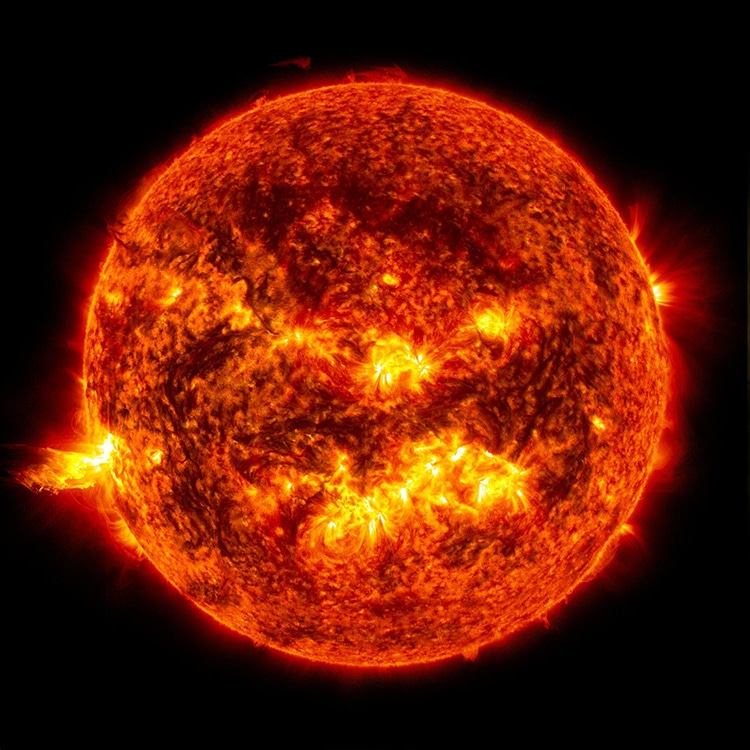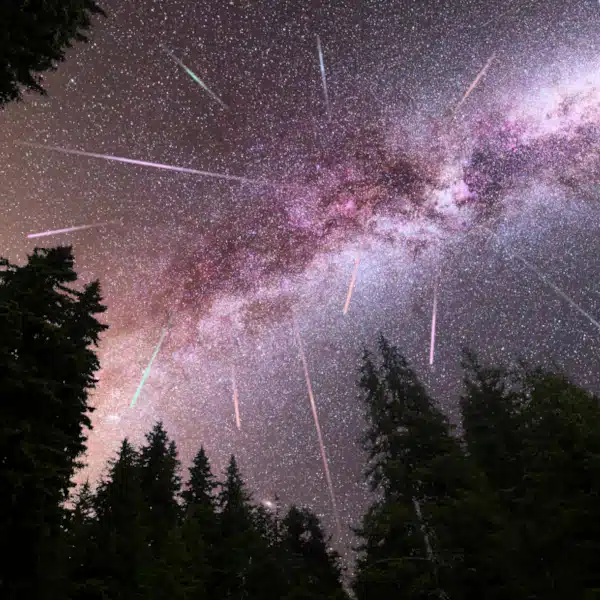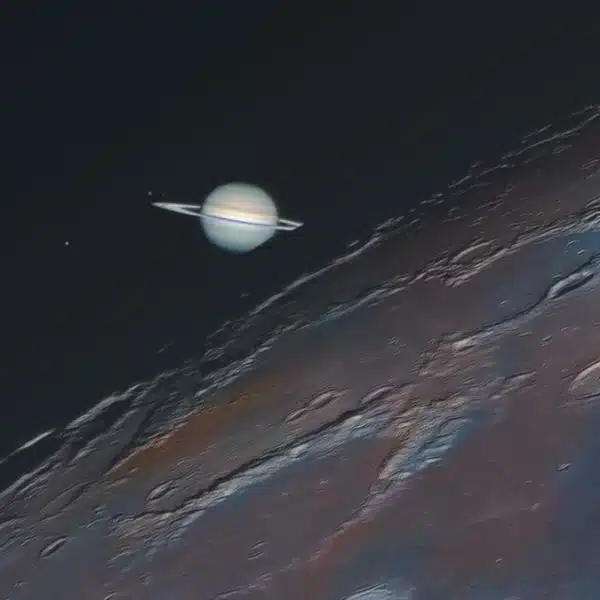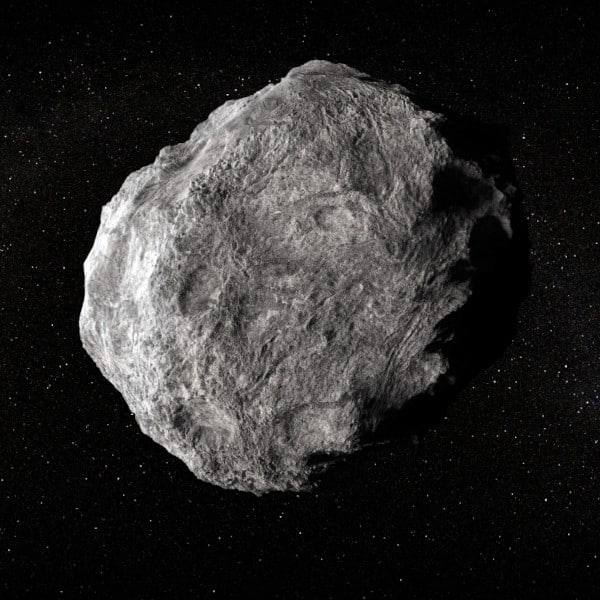
A solar flare on our sun in 2013. (Photo: NASA/Goddard/SDO)
The Sun has been a source of fascination since ancient days. Ancient astronomers such as Anaxagoras noted its fiery nature. Even in NASA's modern, high-res images, the star at the center of our solar system shines and pulses like a ball of fire. This might even lead one to wonder, as netizens have, how the Sun can burn when fire requires oxygen, and space lacks oxygen. The answer? The Sun is in fact a ball of nuclear fusion astronomically hotter than any fire on Earth—so the conditions for its existence are different.
Space is famously not hospitable to human survival due in part to the lack of breathable oxygen. However, there is some oxygen in space. Oxygen molecules are known as O2, because they are two oxygen atoms bonded together. This molecular oxygen is what we breathe on Earth. There are rare traces of it in space, but “because oxygen atoms cling tightly to stardust, preventing them from joining together to form oxygen molecules,” says Science, it is not abundant. Interestingly, breathable oxygen was created after the Big Bang. Nuclear fusion within young stars produced oxygen as we know it.
Fire requires oxygen to burn—at least 16% of the atmosphere. But the lack of oxygen does not affect the glowing of the Sun. The Sun is not in fact burning, in the sense of earthly combustion. Instead, it has an ongoing nuclear fusion reaction. A mass of hydrogen and helium at extreme temperature and pressure react to produce light and heat. According to the Department of Energy, “In a fusion reaction, two light nuclei merge to form a single heavier nucleus. The process releases energy because the total mass of the resulting single nucleus is less than the mass of the two original nuclei. The leftover mass becomes energy.” This energy travels as radiation to Earth, where it acts upon atoms in our own atmosphere to create heat. That's how the Sun “burns” in the oxygen-deprived realm of space.
The Sun may look like a ball of fire, but it is in fact a ball of nuclear fusion astronomically hotter than any fire on Earth.
h/t: [IFL Science]
Related Articles:
NASA and USPS Release Commemorative Stamps Featuring James Webb Space Telescope Photos
Scientists Discover Water Ice Deposits on Mars That Are More Than 2 Miles Thick
Mexico Sends Five Small Robots to Deep Space on Its First Ever Moon Mission
Halley’s Comet Has Begun Its 38-Year Journey Back Toward Earth






















































































